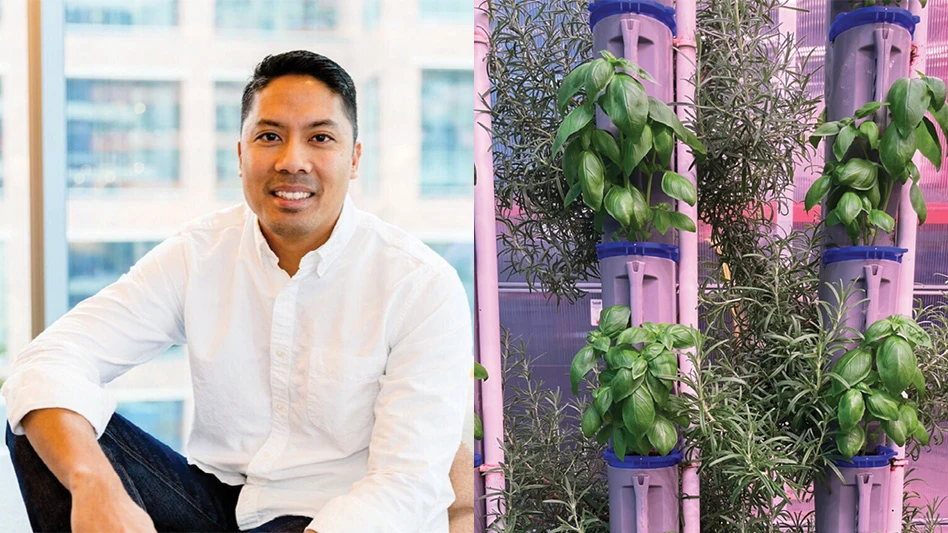
Produce Grower: What do you believe are the biggest challenges in managing a greenhouse project?
Shawn Brown: I think when you look at people that haven’t been in the greenhouse business, there’s no benchmark for comparison. For those of us whom have been in the business for a while, depending on the customer, have a different set of expectations. But a lot of it is making sure that you are spelling out exactly what somebody is going to get and what you’re capable of delivering, and not overstating what you can deliver or understating it. We have often been hired to construct a new greenhouse facility that did not meet the owner’s desired environmental requirements which required modifications to meet the original requirements, as well as missed or overlooked needs. Another vital key element is to establish and properly manager a budget to avoid substantial overruns.
PG: LLK employs a design-build delivery model for your projects. Can you explain what that means and how that model helps the growers that you work with?
SB: There are various delivery models that set us apart, and I think one way is: understanding through good communication and listening, what the client desires from us as a design-build firm. Some customers like to control certain aspects of the process, so we must be flexible and adapt to work with them and other suppliers to ensure project success. We believe success is measured by being on time and on budget. Many controlled environment AG projects run over budget due to lack of engaging the contractor budgets up front to identify potential concerns or issues. In many cases, costing a project late in the design process results in owner paying for redesigns, value engineering, and rebidding while ultimately delaying the delivery of the project.
PG: How does the process of finding a local general contractor work?
SB: A lot of times, somebody has a relationship or knows a local GC. In some cases, we engage a dialogue with our approved GC’s that are licensed throughout the nation. We prefer to use a local GC because, most of the time, these are people that live and work in these communities. We self-perform most of the greenhouse installation because it is a niche installation. We also prefer to work with all the other trades in the industry to keep a better sense of pride in the community. One of the main themes driving the recent expansion in the controlled ag market is locally grown!
PG: What does self-performing an installation look like?
SB: We represent and work for a dynamic group of manufacturers and vendors, so we like to try to self-perform as much as possible. This provides us more confidence in the outcome of the project to have people that specialize in greenhouse installation.
Our focus and expertise are greenhouses. Our company doesn’t focus on installation of MEP (mechanical, electrical or plumbing) unless it relates specifically to operation of a system.
We position ourselves to provide an excellent industry service in our overall installation and overall commissioning. Our expected results rely on a coordinated delivery model with all trades involved.

Explore the December 2022 Issue
Check out more from this issue and find your next story to read.
Latest from Produce Grower
- Consumer Curiosity Report explores food, nutrition opinions from 'early adopters'
- Your comprehensive guide to Indoor Ag-Con ’25
- Sollum Technologies and Indoor Ag-Con announce recipients of Sollum Student Scholarship
- 80 Acres Farms expands to Georgia, Texas and Colorado
- This fast and agile robotic insect could someday aid in mechanical pollination
- AmericanHort urges exclusion of sphagnum peat moss from proposed Canadian tariff
- The Growth Industry Episode 2: Emily Showalter on how Willoway Nurseries transformed its business
- Moleaer expands irrigation product line featuring nanobubble technology





